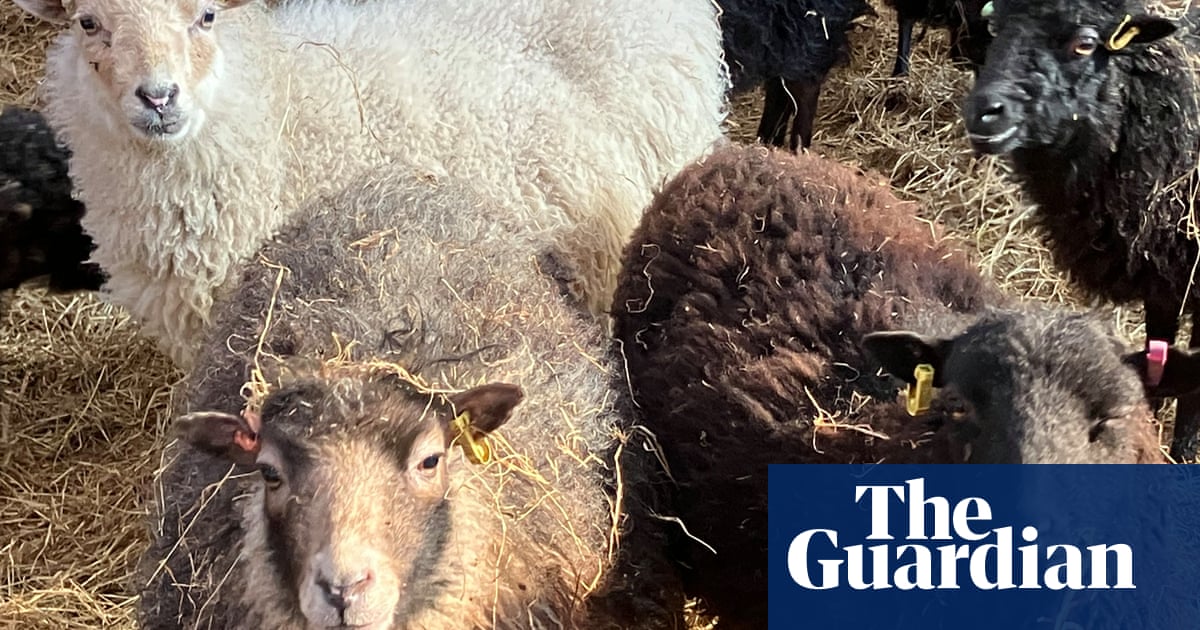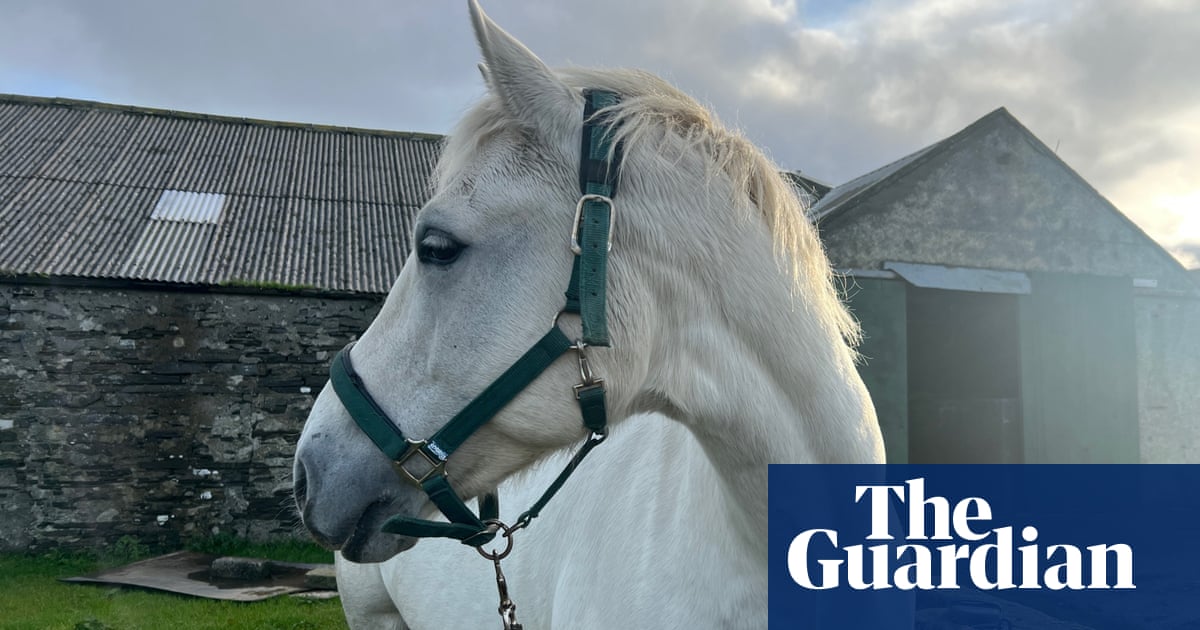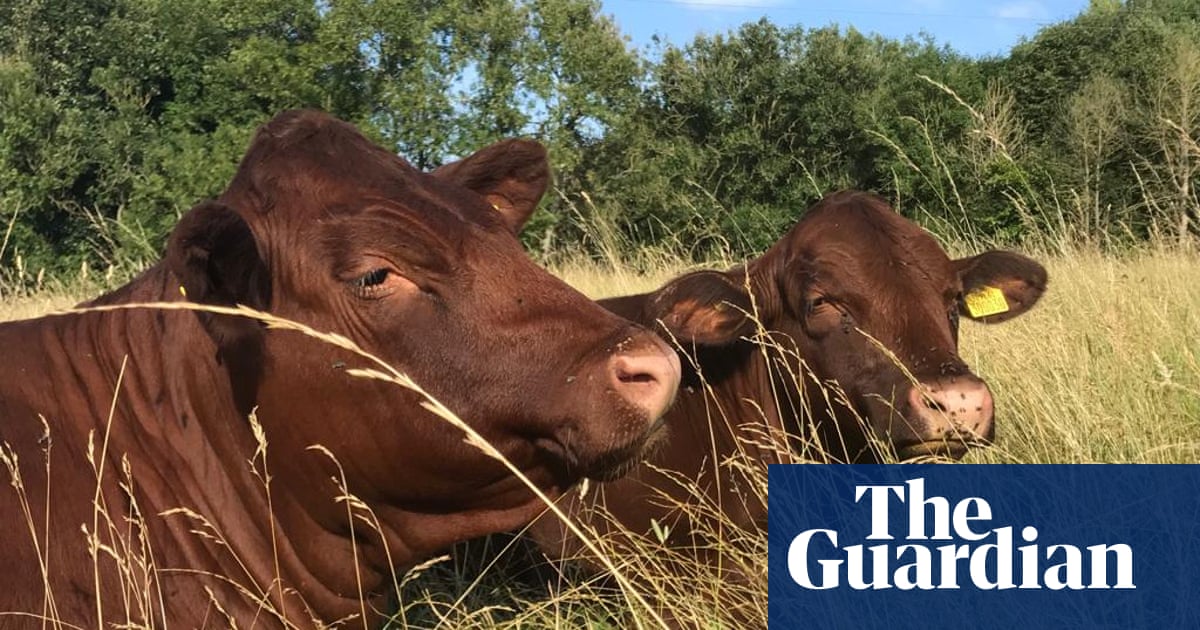
Around 6pm the wind drops and we feel the full force of the sun on the clipping trailer. We started gathering the sheep at 9am, and have been clipping ever since. My job is to move the waiting sheep through a series of pens, up a ramp and on to the trailer for one of the two men to clip.
Most of the sheep follow on up the ramp, but some are reluctant so I must encourage them, or push. The sheep weigh about 70kg and push back with great force. My knees and thighs are very bruised.
The clipping shears buzz constantly and every couple of minutes there is a bang as a new sheep comes through the gate to be clipped. Once they are sitting on their bottoms, though, the sheep do not struggle. They go into a sort of trance and allow themselves to be moved gently from left to right by the clipper as their fleece is removed. It must be a tremendous relief in this heat.
The lambs were separated from their mothers this morning, and they hang around the trailer waiting, some bleating constantly. As the day wears on, the noise from the lambs dies down as ewes and lambs are reunited. The dogs lie sleeping under the trailer in the shade, and we all long for the last sheep to be clipped so we can jump in the river to cool off.
The wool is shoved roughly into the wool bag. It is virtually valueless. Once, rough fell wool like this was used in mattresses or carpets, but now it is worth only about 5p per kg – less than it would cost to transport. We still have last year’s wool in bags in the hay barn, and this year’s mountain will join it.
Clipping is done out of necessity: no sheep would want to wear a full fleece in this heat. But it is no longer a money-making activity for the farm. Manufactured synthetic materials and plastics have wrecked the value of this sustainable, renewable fibre.












